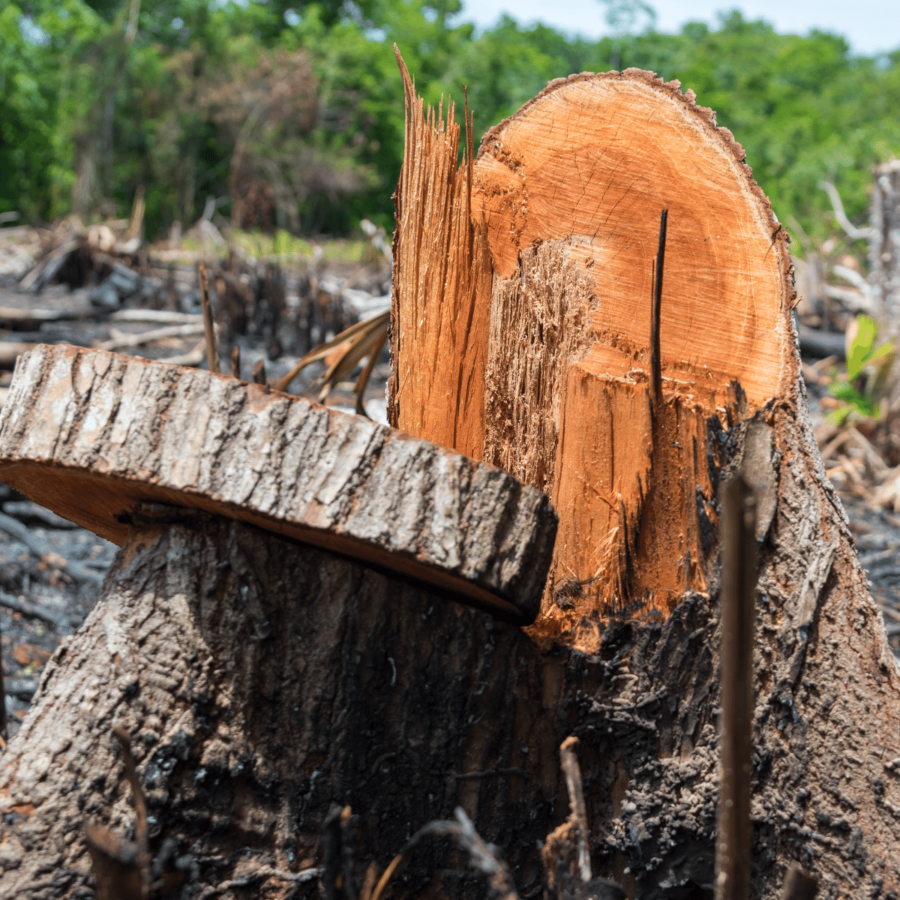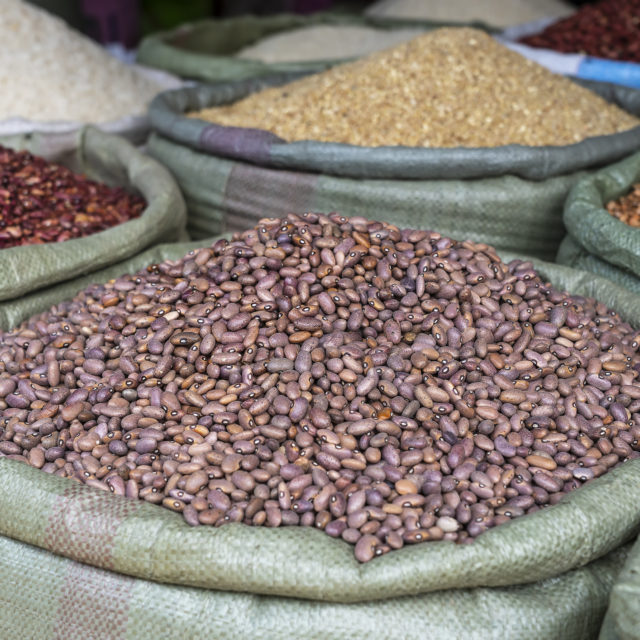Agroforestry Programs in the Colombian Amazon: Selection, Treatment and Exposure Effects on Deforestation
Agroforestry and silvopastoral programs in tropical rainforests play a critical role in the fight against climate change. This paper finds that they can stall deforestation and even promote permanent forest cover. The costs are substantial but off-set by significant returns.
 Pub. Date
Pub. Date
 Pub. Type
Pub. Type

Main points
- The world’s tropical forests have been undergoing massive deforestation and degradation, not least the Amazon.
- Various mitigation measures have been proposed, among which sustainable productive systems hold particular promise.
- Using extensive data at the farm-level, and modern quantitative methods and models, we can separate selection, treatment and exposure effects.
- We find that a unique agroforestry program implemented in the Colombian Amazon can restore forest cover fully.
- The best benefits require rapid roll-out of the program over time, and the costs are high, therefore needing careful resource planning.
Tropical rainforests play a critical role in the fight against climate change. However, record high levels of deforestation have been experienced in the Amazon which, together with land use change, has led to loss of biodiversity and sustainable livelihoods. Agroforestry and silvo-pastoral conservation programs are particularly promising in this context because of their potential to simultaneously offer sustainable forest cover and support local livelihoods. Together with sustainable animal husbandry, they are critical in addressing the twin challenges of food security and climate change. But empirical estimates of the effectiveness of planned agroforestry on deforestation are largely absent.
We study the effects of an innovative and ambitious agroforestry program, part of the UN REDD initiative in Colombia, upon deforestation in the Amazon. Enrolment on the program is not random but based on matching and choice. Achieving reduced deforestation through planned agroforestry is challenging. When selected farms undergo ‘treatment’ under the program, they initially experience reduction in secondary vegetation in the medium run (5-20 years). Using a quasi-experimental difference-in-differences approach, and both traditional and new econometric methods, we estimate treatment, exposure and selection effects. The findings emphasize that agroforestry programs can stall deforestation and even promote permanent forest cover. However, this requires continuous upscaling with continued and very rapid expansion of the program, entailing substantial costs to society but also significant return.






